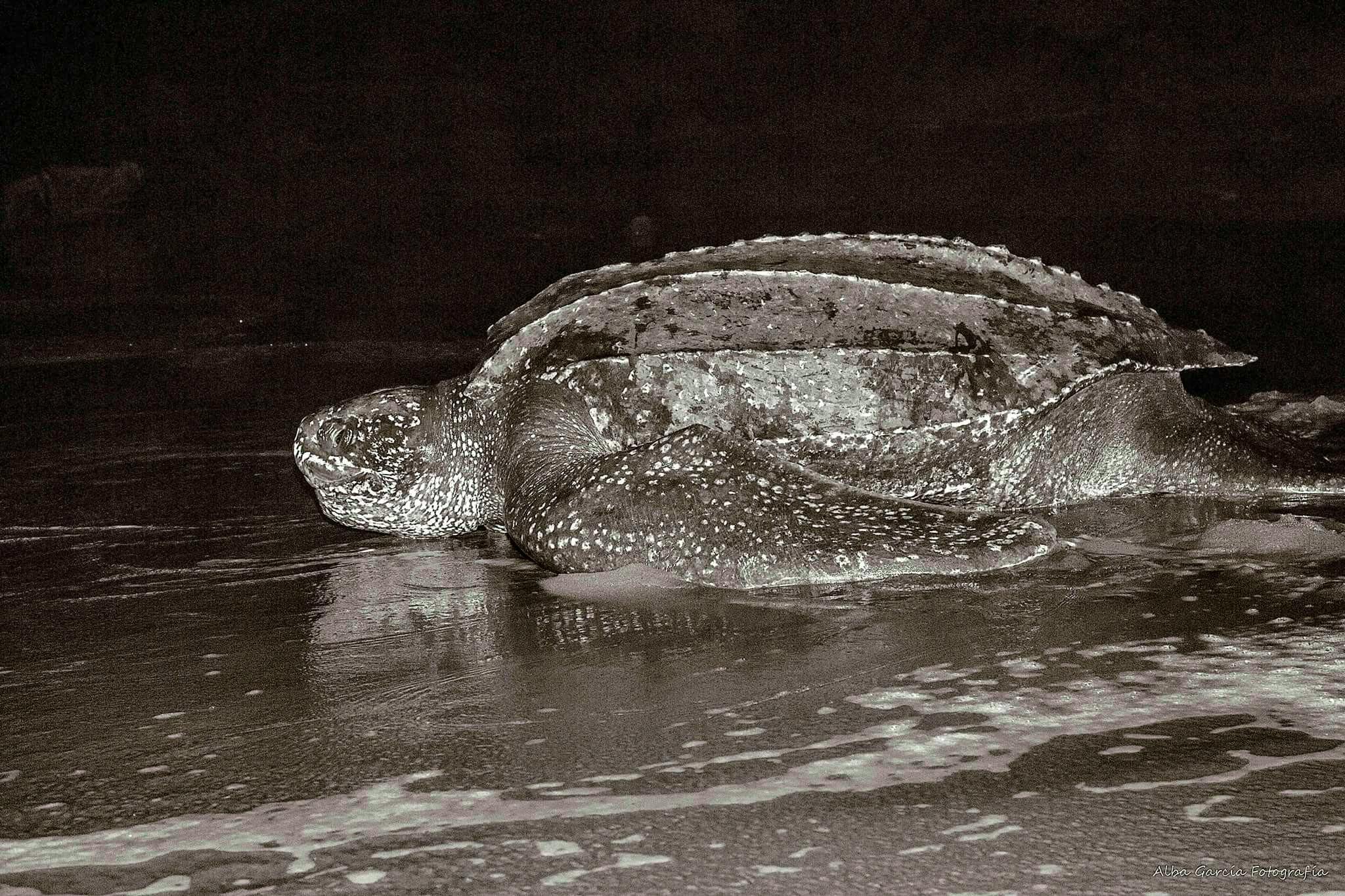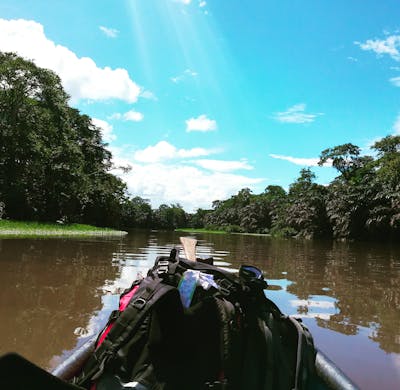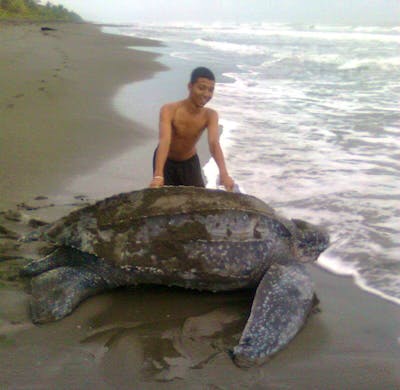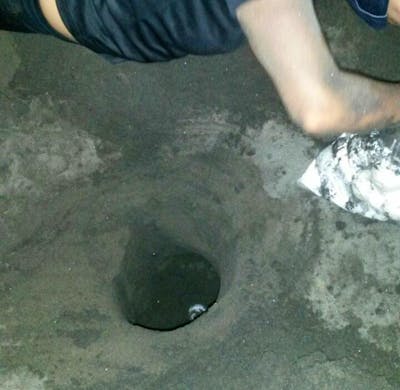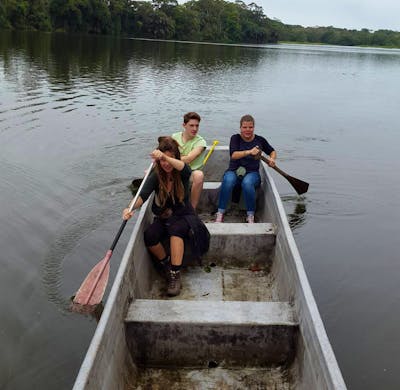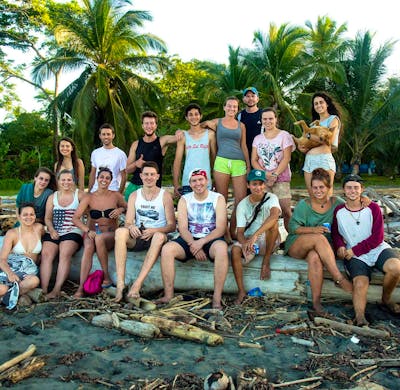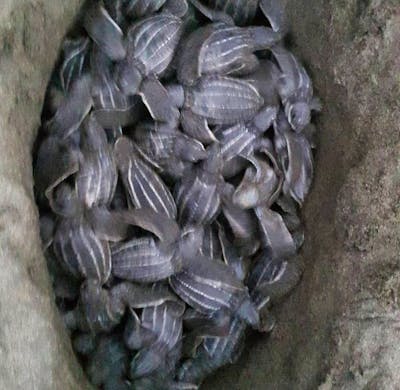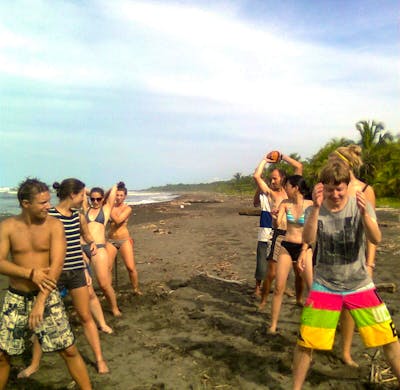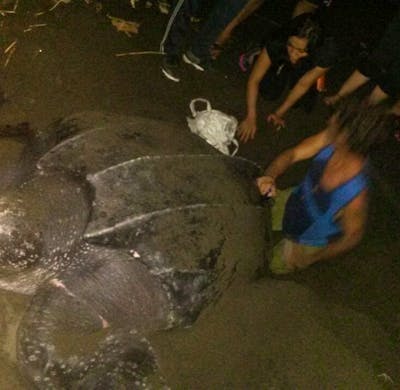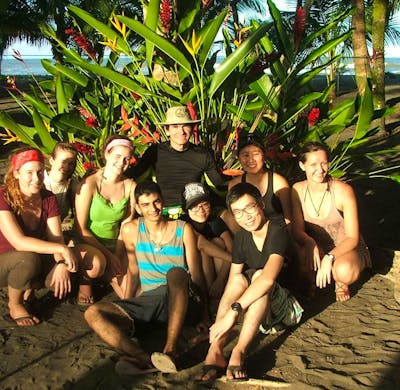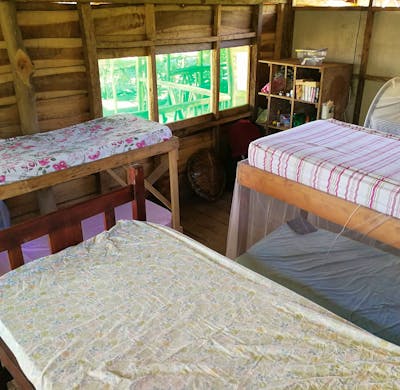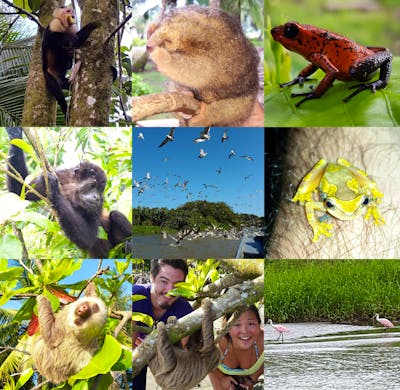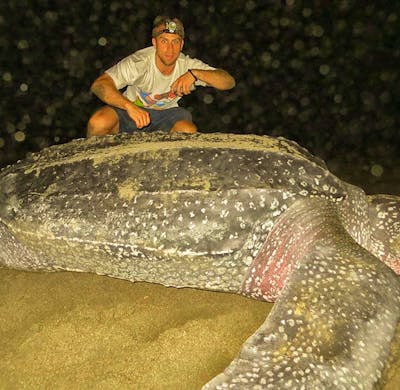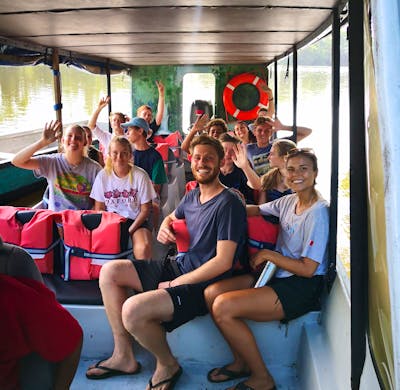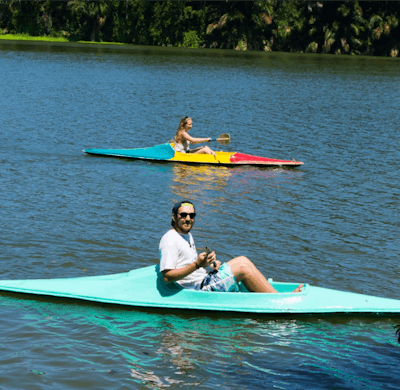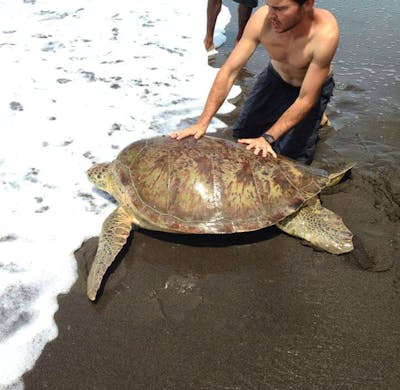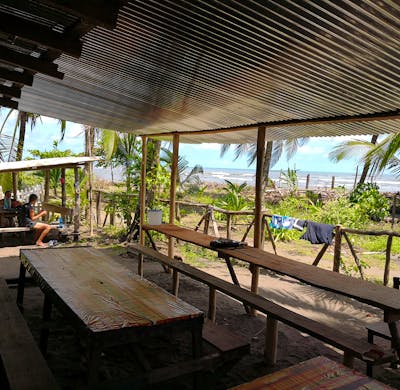2024 at Leatherback Turtle Ambassador
a partir de 310€
Leatherback Turtle Ambassador
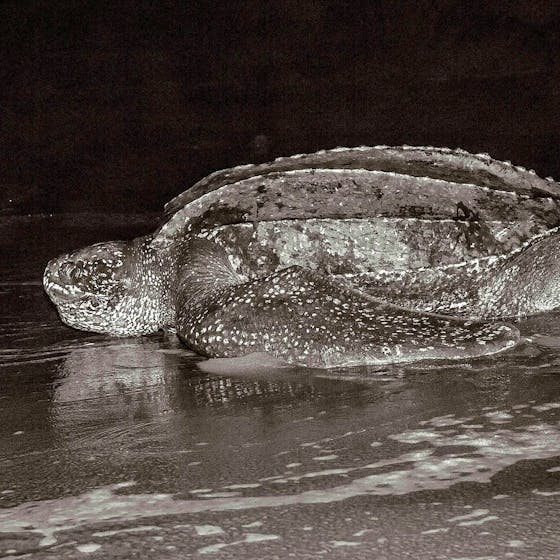
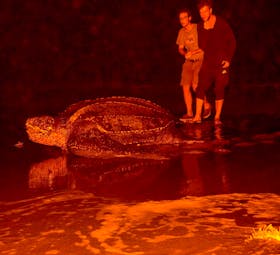
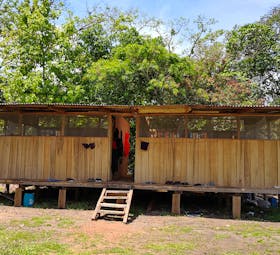
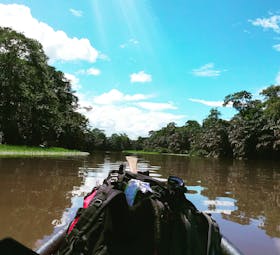
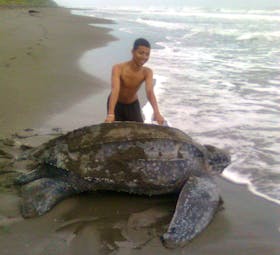
Destaques
- Join an exciting volunteer opportunity focused on the protection of endangered sea turtles, contributing to their conservation and preservation
- Engage in beach patrols during evening and night walks, actively searching for female turtles and their vulnerable nests, ensuring their safety from poachers and predators
- Care for the turtle eggs, providing the necessary support and ensuring they are ready for their incredible journey back to the sea
- Make the most of your weekends by exploring breathtaking beaches and immersing yourself in the rich Costa Rican culture, creating unforgettable memories
- Connect with passionate volunteers from around the world, forming meaningful friendships and establishing lifelong connections through shared experiences
Especialmente adequado para
Sobre o programa
Get in direct contact with turtles and help us conserve the biggest turtle in the sea! Here you will have the chance to meet and work with awesome animals!
Dia típico
- 8:30 am: breakfast
- 12:30 am: lunch
- 9:30 am: communal work
- 2:30 pm: communal work
Actividades em tempo livre
Our volunteers will have the chance to spend their time enjoying the wild life and meeting many different animals.
Furthermore, they can do sports on the beach or simply tan and relax while enjoying a good book.
Also they can spend time together with the locals and enjoy getting to know a new ...
Requisitos
Serviços incluídos
O que NÃO está incluído?
Detalhes à chegada
Your arrival could be any days except for Sunday.
How arrive to Pacuare:
- In San Jose take the bus at the Gran Terminal Del Caribe (parada de buses de los Caribeños)
- Choose the 2 pm bus to Batan
- Get off the bus in Batan at this point: Soda y Heladería las Brisas and Berny, the taxi driver, will pick you up.
- From the dock Don Luis Gutiérrez will bring you to the camp
Costs of transportation $80 that include: pick up from Batan to the dock, boat trip from the dock to the camp on your arrival, on your departure boat trip from the camp to the dock and and pick up from the dock to Batan
If you prefer private transportation, feel free to let us know. We will organize one for $180, that include: pick up from the airport to the dock, boat trip from the dock to the camo, on your departure boat trip from the camp to the dock and taxi from the dock to Batan, from there you coud take the bus to San jose, or for adituinlncost nap cost taxi from the dock to San Jose or airport.
Preços do programa
Conheça seu anfitrião
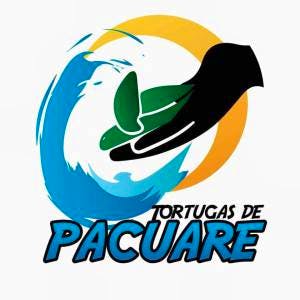
Tortugas de Pacuare
Agência - fundada em 2012
Verificado por Volunteer World
Hospedado por
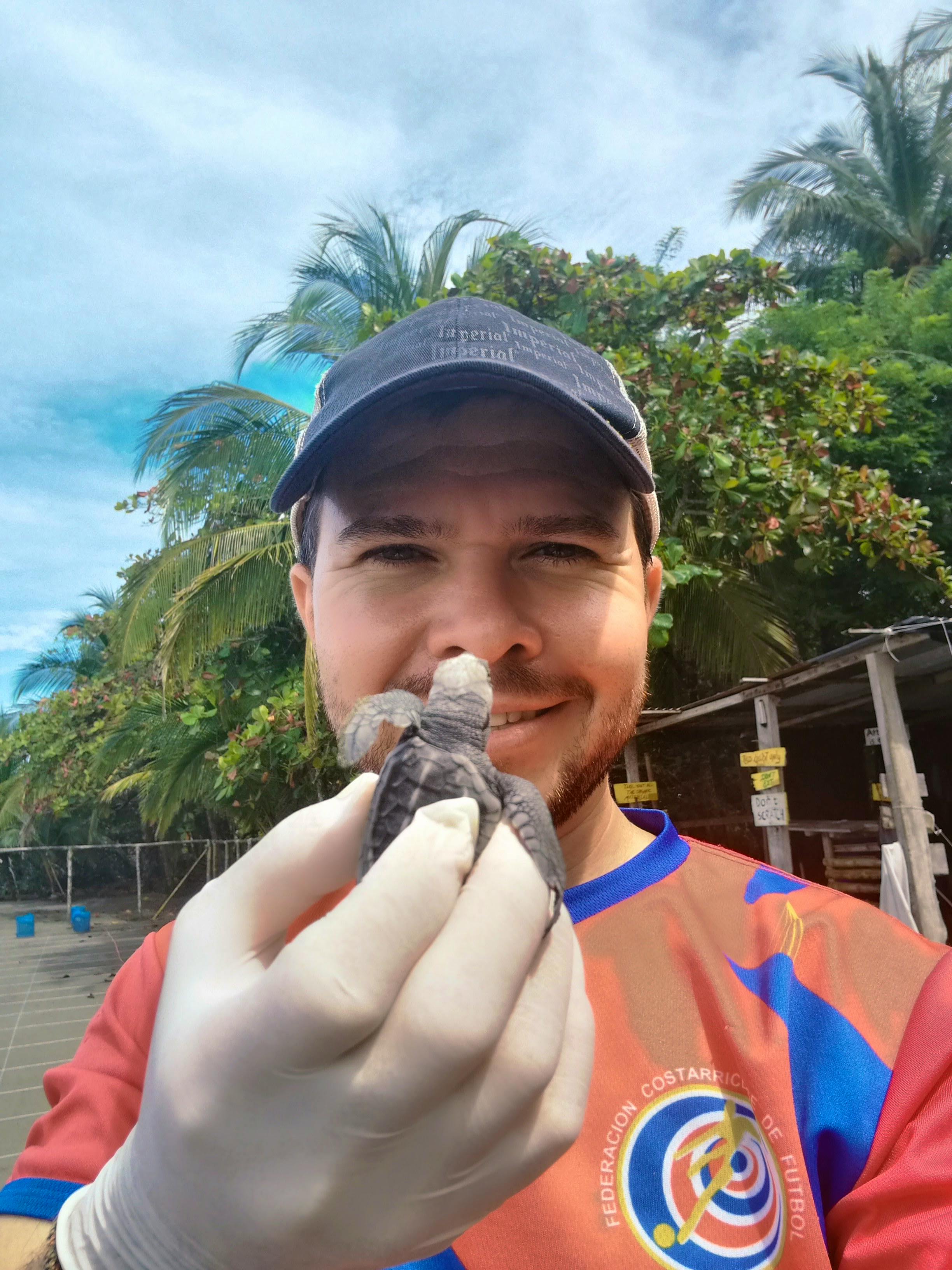
Luis
Sobre o projecto
220 revisões ·  4.4
4.4
Localização

Pode também estar interessado em
-
Conservação da Tartaruga Marinha
Família
América Latina
Tartarugas Marinhas na Costa Rica
Projectos no estrangeiro
Viagens Solidárias
Casais
Grupo
